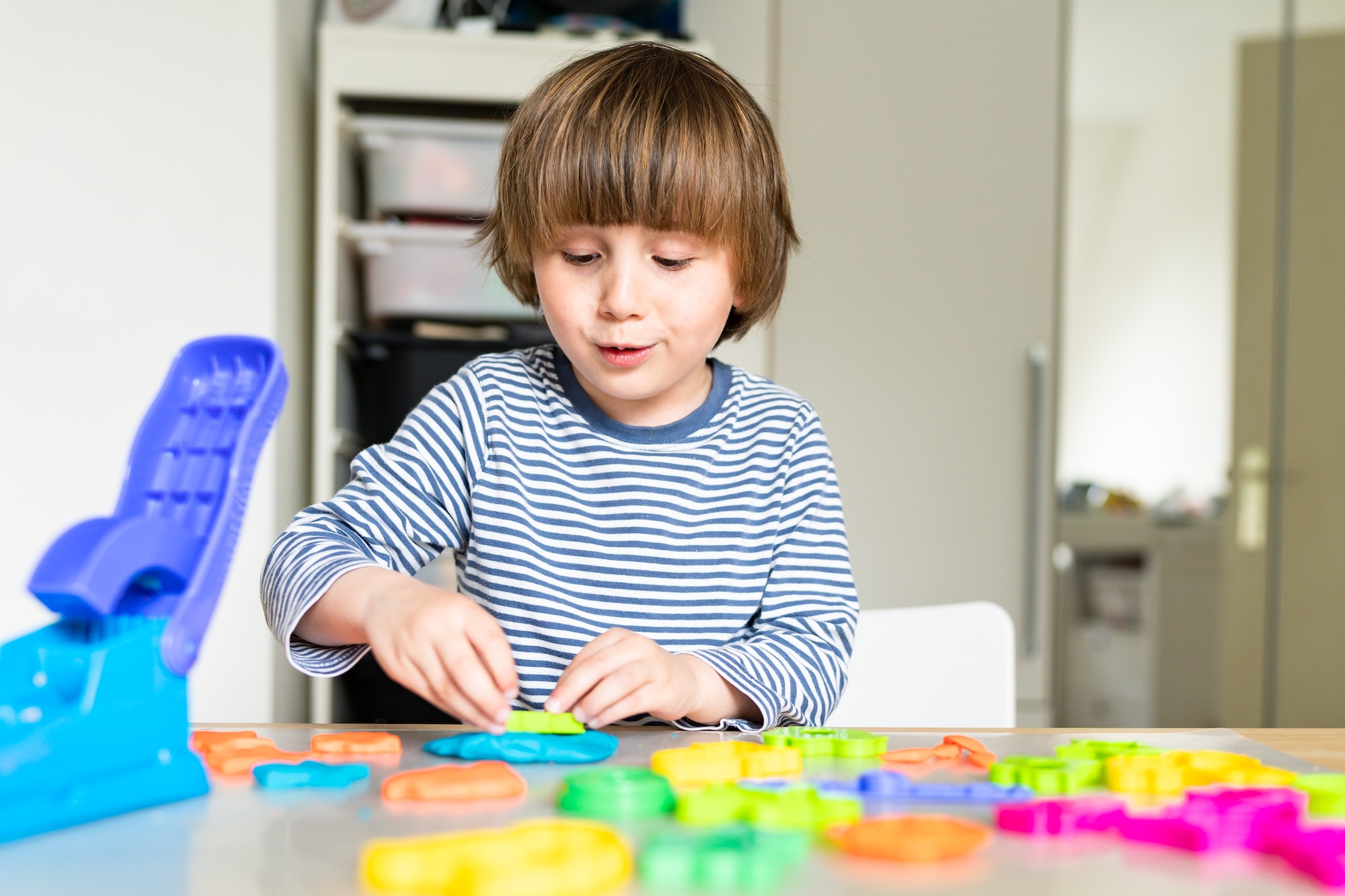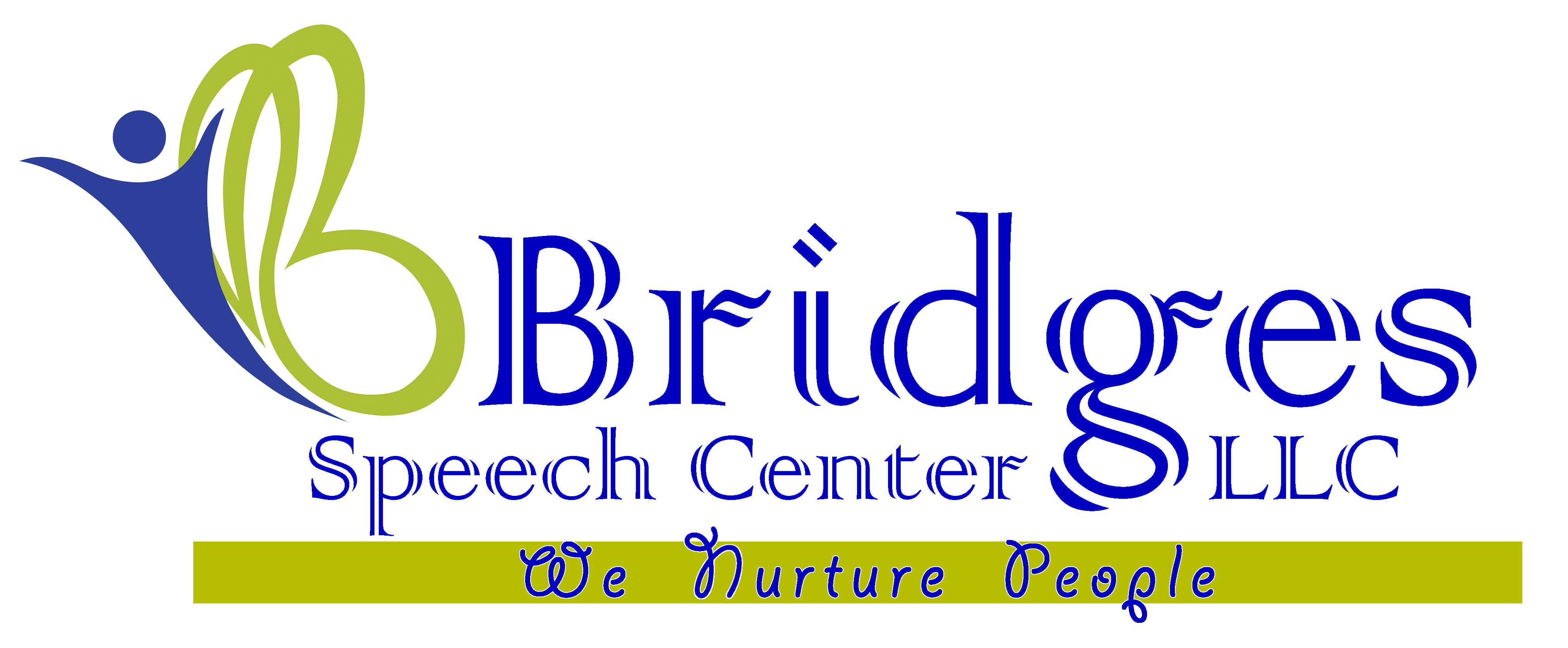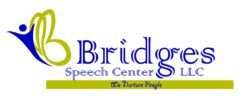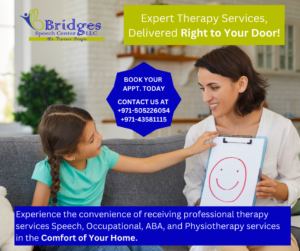- About Us
- Our Services
- Speech Therapy
- Speech and Language Therapies for Adults in Dubai
- Speech and Language Therapies for Children in Dubai
- Accent therapy
- Augmentative Alternative Communication (AAC) Therapy
- Articulation Speech Therapy
- Auditory Processing therapy/ Auditory verbal therapy
- Language Intervention: Speech Delay therapy
- Oral Motor Therapy
- Play Based therapy
- PROMPT/DTTC/RePT for Childhood Apraxia of Speech
- Social communication/Pragmatic language therapy
- Stuttering / Stammering therapy Program
- Spellography Program for Dyslexia
- Voice Therapy
- Home Care Services
- Feeding Therapy
- Physiotherapy
- Pediatric and Geriatric Physiotherapy
- Fall Prevention Programs for the Elderly
- Developmental Delay Treatment for Children
- Cerebral Palsy Management for Children
- Pediatric Orthopedic Conditions
- Osteoporosis Management for the Elderly
- Sports Injuries in Children
- Mobility and Balance Training for Elderly
- Joint Pain Treatment (Knee, Shoulder, Hip)
- Age-Specific Exercise Programs
- Coordination and Balance Exercises
- Orthopedic Physiotherapy
- Neurological Physiotherapy
- Sports Physiotherapy
- Cardiopulmonary Physiotherapy
- Women’s Health Physiotherapy
- Manual Therapy
- Therapeutic Exercise
- Pain Management
- Electrotherapy
- Hydrotherapy
- Ergonomic Consultation
- Tele-Physiotherapy Services
- Pediatric and Geriatric Physiotherapy
- Occupational Therapy
- Sensory Integration
- Clinical Psychology & Psychotherapy
- Cognitive Behavioral Therapy(CBT)
- ABA /Behavior Therapy
- Bridge Learning Program
- Group therapy
- Summer/Winter Program
- Telehealth Services
- Training Program/CEU
- Internship/ Observership
- Dynamic Movement Intervention (DMI)
- Speech Therapy
- Super Team
- Collaboration
- Training Course
- News/Blogs
- About Us
- Our Services
- Speech Therapy
- Speech and Language Therapies for Adults in Dubai
- Speech and Language Therapies for Children in Dubai
- Accent therapy
- Augmentative Alternative Communication (AAC) Therapy
- Articulation Speech Therapy
- Auditory Processing therapy/ Auditory verbal therapy
- Language Intervention: Speech Delay therapy
- Oral Motor Therapy
- Play Based therapy
- PROMPT/DTTC/RePT for Childhood Apraxia of Speech
- Social communication/Pragmatic language therapy
- Stuttering / Stammering therapy Program
- Spellography Program for Dyslexia
- Voice Therapy
- Home Care Services
- Feeding Therapy
- Physiotherapy
- Pediatric and Geriatric Physiotherapy
- Fall Prevention Programs for the Elderly
- Developmental Delay Treatment for Children
- Cerebral Palsy Management for Children
- Pediatric Orthopedic Conditions
- Osteoporosis Management for the Elderly
- Sports Injuries in Children
- Mobility and Balance Training for Elderly
- Joint Pain Treatment (Knee, Shoulder, Hip)
- Age-Specific Exercise Programs
- Coordination and Balance Exercises
- Orthopedic Physiotherapy
- Neurological Physiotherapy
- Sports Physiotherapy
- Cardiopulmonary Physiotherapy
- Women’s Health Physiotherapy
- Manual Therapy
- Therapeutic Exercise
- Pain Management
- Electrotherapy
- Hydrotherapy
- Ergonomic Consultation
- Tele-Physiotherapy Services
- Pediatric and Geriatric Physiotherapy
- Occupational Therapy
- Sensory Integration
- Clinical Psychology & Psychotherapy
- Cognitive Behavioral Therapy(CBT)
- ABA /Behavior Therapy
- Bridge Learning Program
- Group therapy
- Summer/Winter Program
- Telehealth Services
- Training Program/CEU
- Internship/ Observership
- Dynamic Movement Intervention (DMI)
- Speech Therapy
- Super Team
- Collaboration
- Training Course
- News/Blogs
Table of Contents
ToggleSpeech, Language and Swallowing deficits in Parkinson’s Disease
Bridges Speech Center
April 16, 2020

Speech, Language and Swallowing deficits in Parkinson’s Disease

Speech, Language and Swallowing deficits in Parkinson’s Disease
Parkinson’s disease (PD) is a slowly progressing neurodegenerative disorder resulting from dopaminergic deficit in the Substantia Nigra. This results in symptoms such as bradykinesia (slow movement), resting tremor (pill rolling tremor in hands), rigidity and postural instability. Symptoms usually initiate on one side of the body and the progression varies from person to person. Recent advancements propose a Prodromal Phase of PD which may be present for many years and the individual may present with non-motor (sleep disorder, mood changes, anxiety and loss of smell) or slight motor symptoms which do not fall under the classic clinical diagnostic criteria.
Speech/ Language and Swallowing problems in PD
Majority of the people with PD may show symptoms of Speech and Language deficits. Most common problems noticed are:
- Reduced pitch range
- Reduced volume
- Dysarthria (slurred speech)
- Poor speech intelligibility
- Difficulty in expressing emotions due to ‘masked face’
- Stammering/cluttering in few cases
- Word finding difficulty
- Poor understanding of language
- Cognitive deficits
- Memory impairment
The individuals diagnosed with PD may also exhibit swallowing problems (Dysphagia). Symptoms may include:
- Drooling
- Choking frequently on food/liquid/medication/saliva
- Feeling of discomfort or pain when swallowing
- Feeling of lump in the throat
- Difficulty in chewing food or keeping food in the mouth when chewing
- Taking too much time in finishing a meal
- ‘Gurgly’ voice quality after eating or drinking something
- Coughing during eating or after swallowing
- Multiple swallows needed for a single bolus
- Getting tired after finishing a meal
- Shortness of breath during or after having food
- Regurgitation of food/liquid
- Aspiration of food/ liquid (food/liquid going down towards the lungs)
- Dehydration/ Malnutrition/ Weight loss
Speech therapy treatment in PD: Various treatment options are available which can provide better quality of life to persons with PD. Medical intervention should be coupled with Speech Therapy for better results. A skilled Speech Language Pathologist (SLP) will be able to provide the best options and training to the individual based on the most debilitating symptoms presented.
Some of them are as follows:
- Training for the use of AAC and DAF devices to assist with poor speech intelligibility, pitch changes and rate of speech
- Lee Silverman Voice Training (LSVT) program for volume-based intervention and can be provided by a SLP licensed in LSVT
- Language and cognitive deficits can be addressed by Speech therapy by teaching communication strategies to the patient and carrying out counselling sessions for the communicative partner/s
- Advise and training for consumption of appropriate food and liquid consistencies based on National Dysphagia Diet (NDD) after Modified Barium Swallow Study (MBSS)
- Swallowing based interventions in order to teach compensatory strategies and therapeutic exercises to facilitate safe swallowing, reduction in drooling and training for the use of adaptive feeding utensils
An effacious partnership among families, Neurologists and therapists can help an individual with Parkinson’s Disease to live better.
Pallavi Malik
Speech Language Pathologist
Daniela Berg, Ronald B. Postuma. From Prodromal to Overt Parkinson’s Disease: Towards a New Definition in the Year 2040. Journal of Parkinson’s Disease, 2018; 8 (s1): S19 DOI: 10.3233/JPD-181457
Tips to improve writing skills in children?

- Positioning: While performing writing task in class or home, make sure child’s feet are supported on floor. Poor posture and balance can happen when feet are dangling.
- Teaching using multiple senses: while teaching writing to your kids, use vision, hearing and touch sensation to help them this way they can learn better and remember the best.
- To stop child from drooling: Introduce simple oral motor exercises like blowing bubbles and horns or play game by blowing cotton balls across a table.
- To develop fine motor skills at home: Most kids love Play-Doh, and it naturally improves motor development. Take one step further by including tools such as rolling pins, child-safe scissors, plastic pizza cutters, cookie cutters etc. to cut Play-Doh. Let child’s use their own imagination to create different shapes of play-Doh ex. Preparing at birthday cake and celebrating with parents or making a pizza and cutting it.
- Task completion: A visual schedule or checklist can help children participate and complete tasks independently. Example: visual schedule on the steps for hand washin (Take multiple on task photo of your child to create custom made easy visual schedule)



Recent Posts
Have Any Question?
If you would like to register for any of our services or upcoming training programs, contact us…


